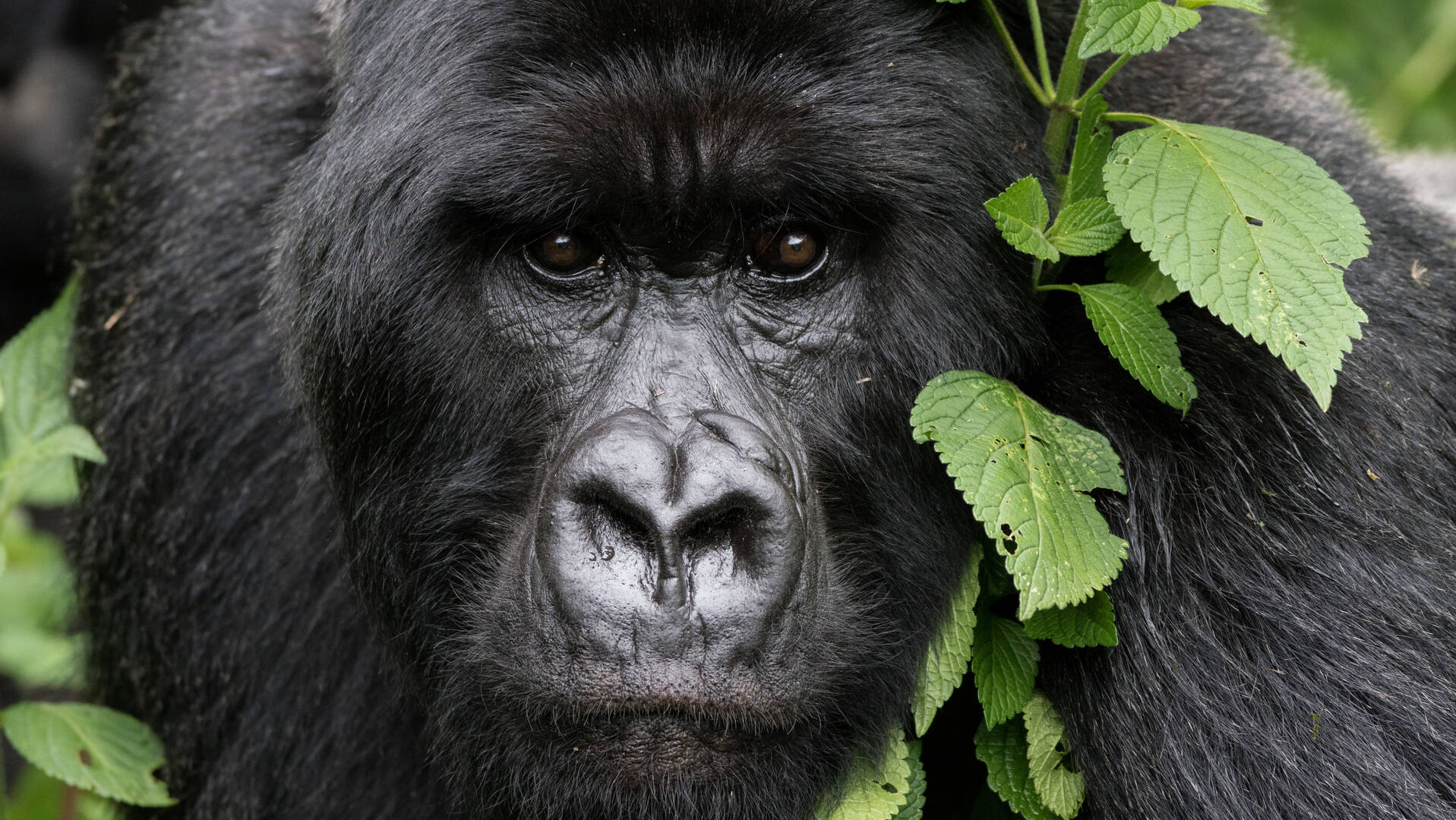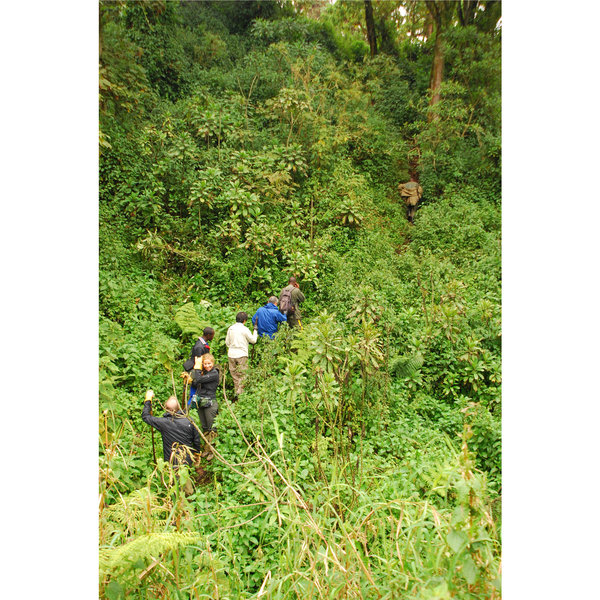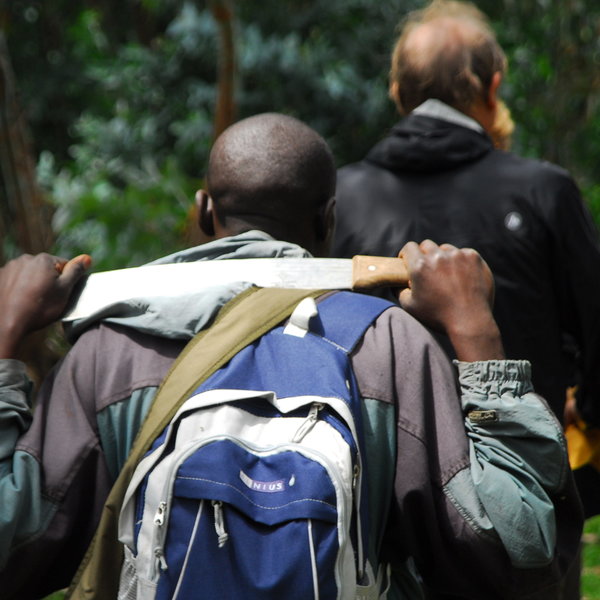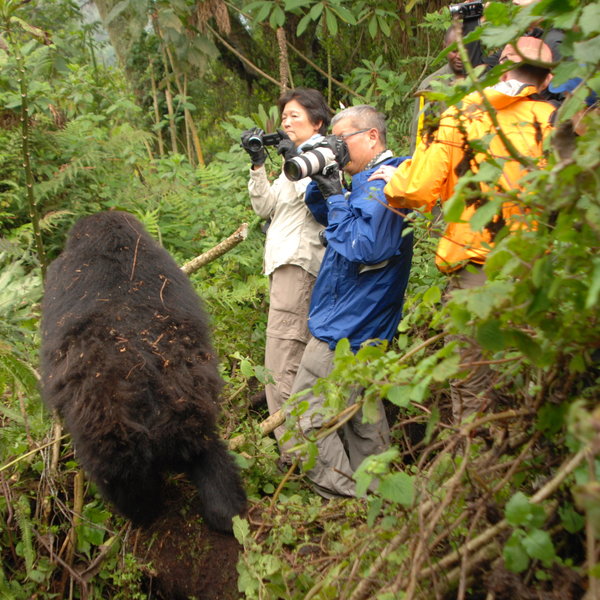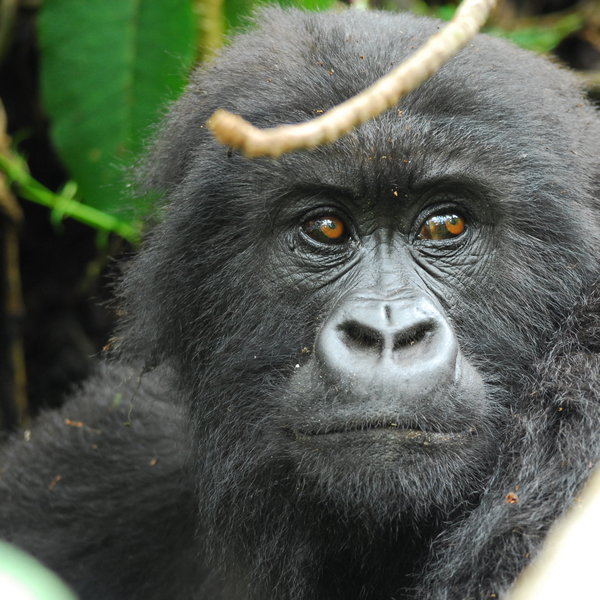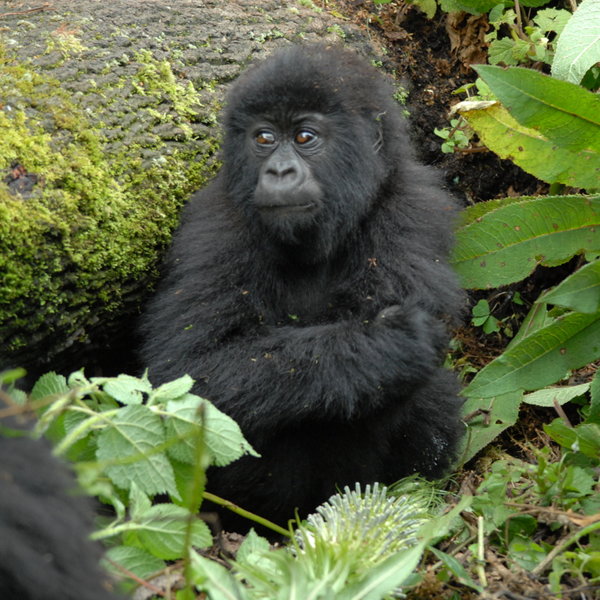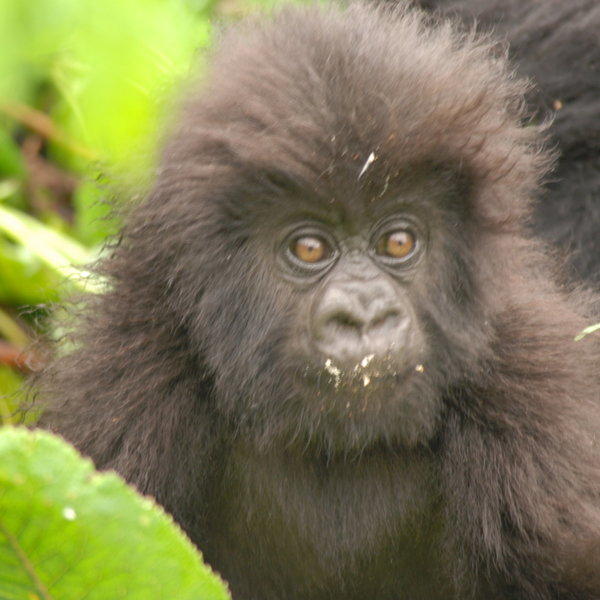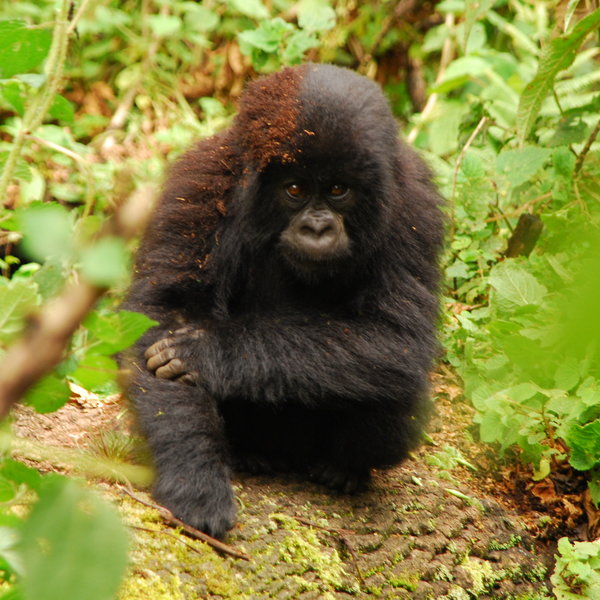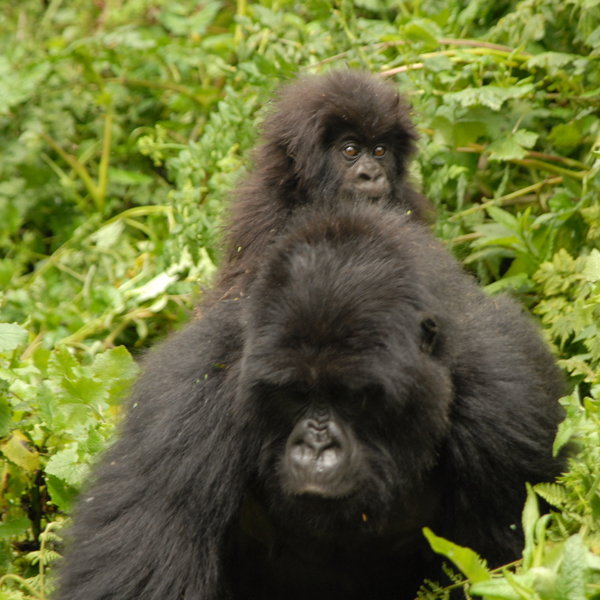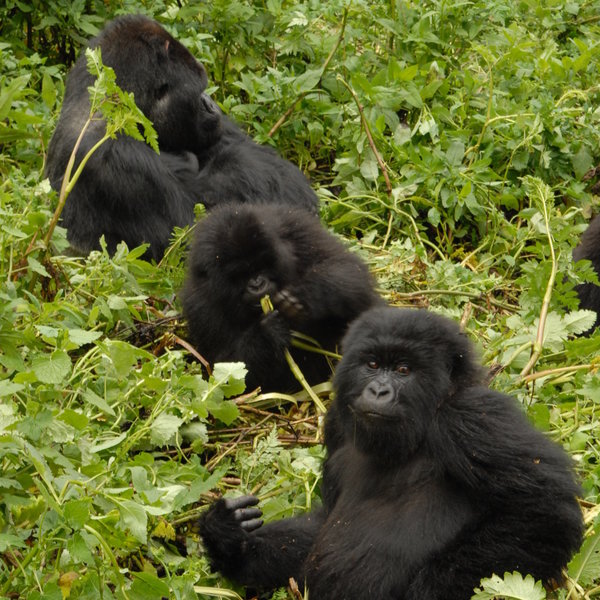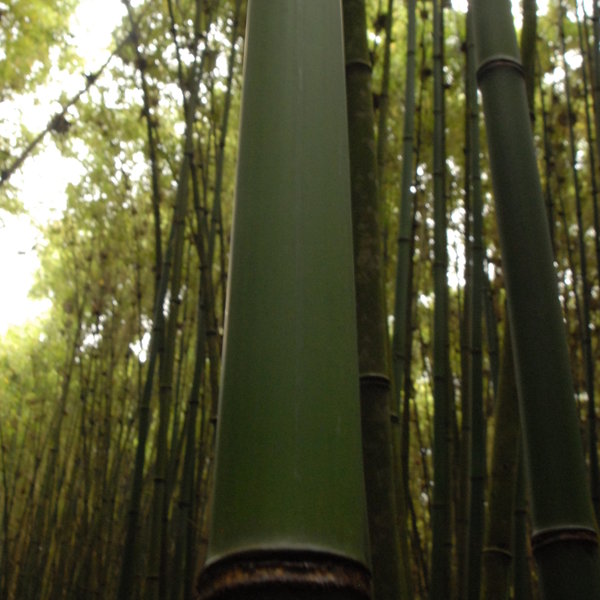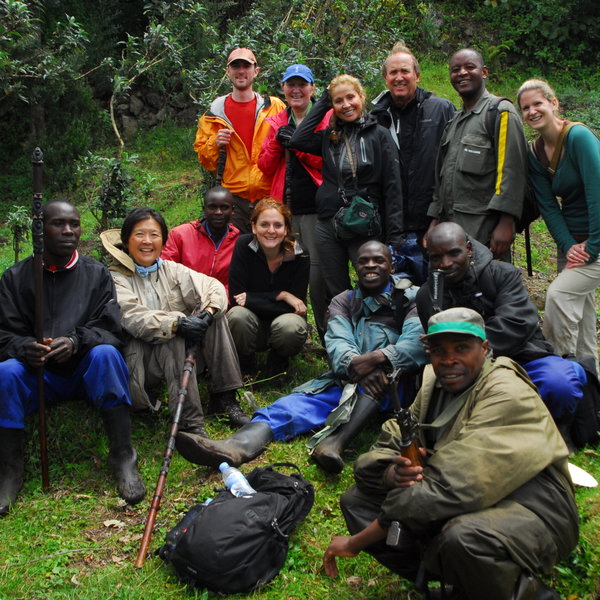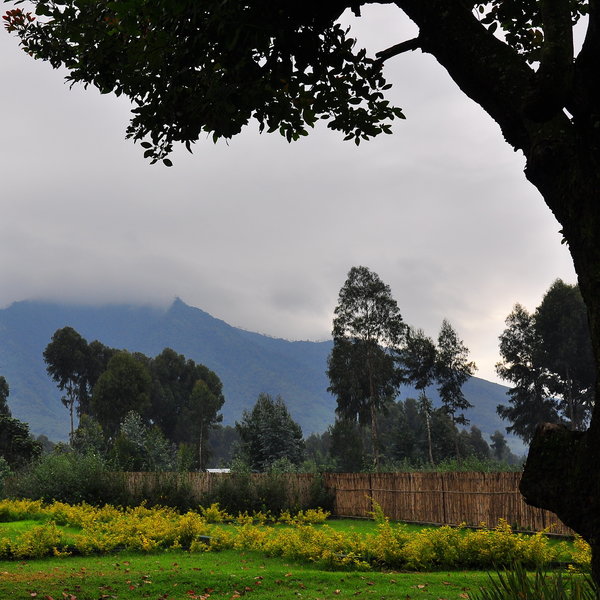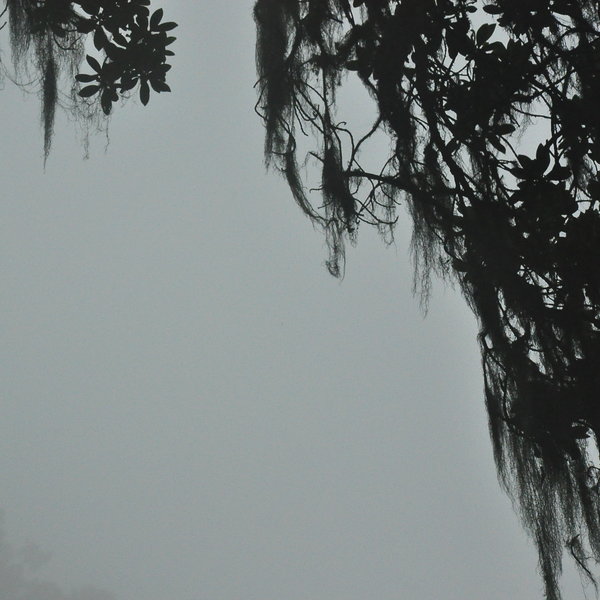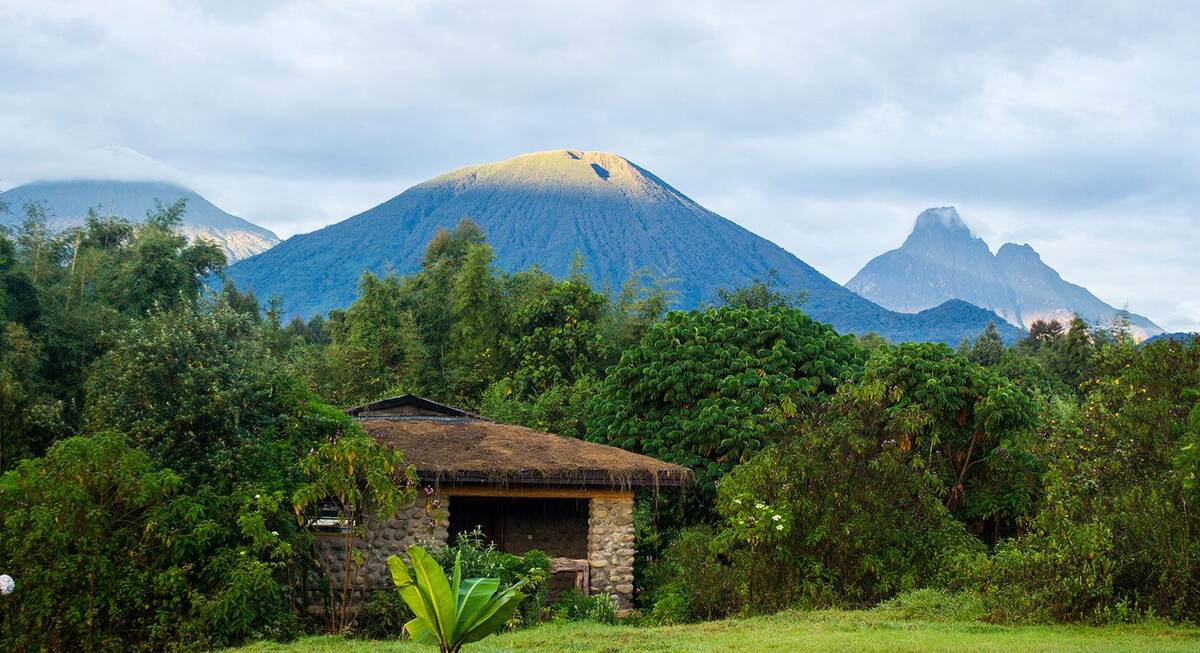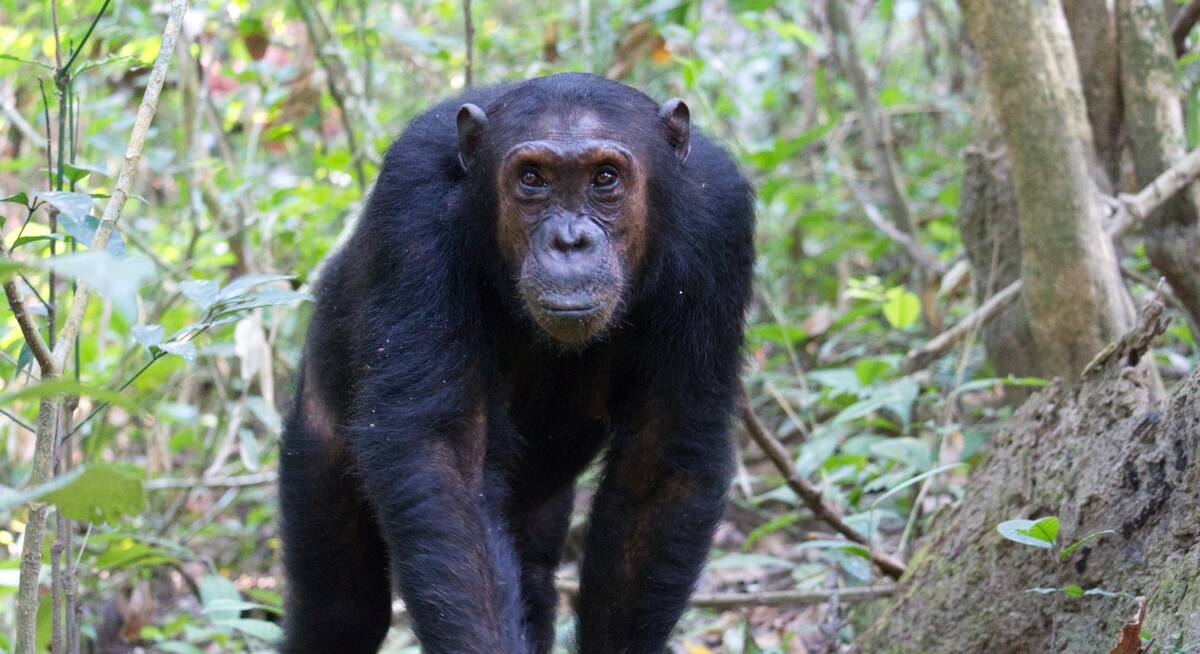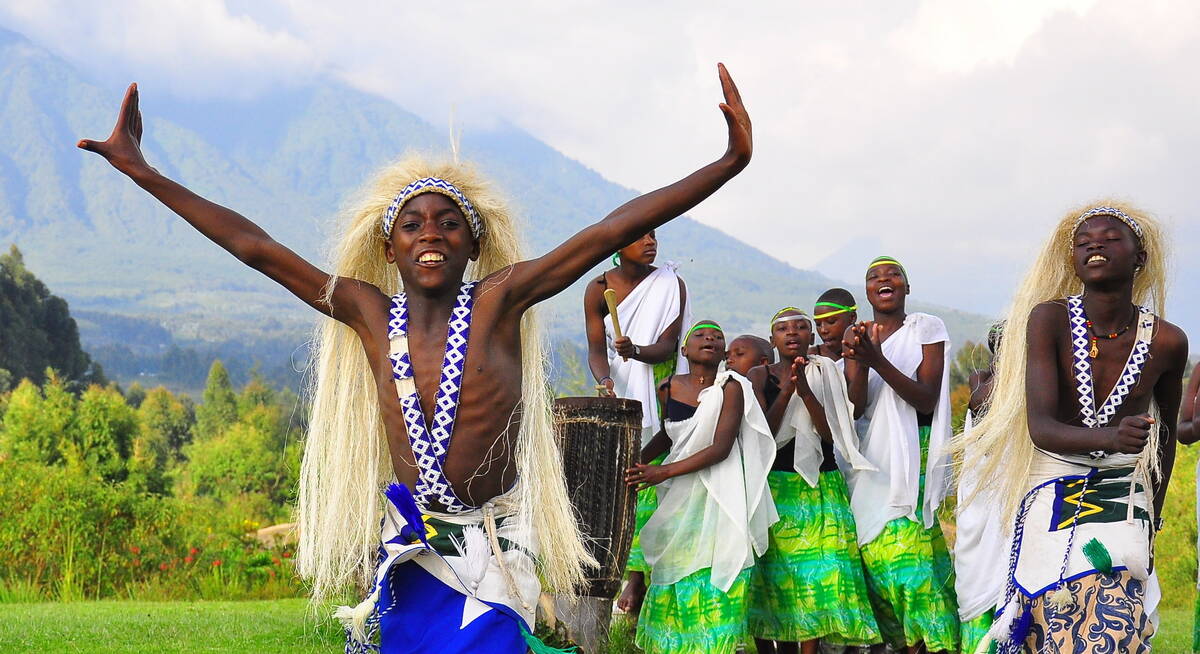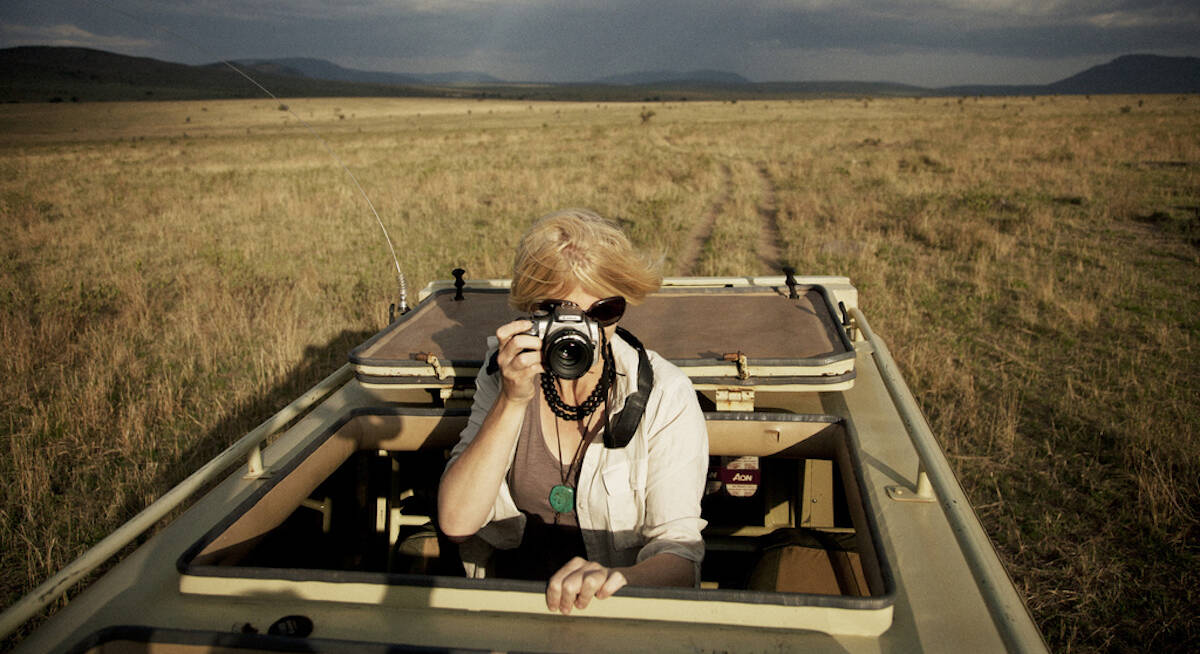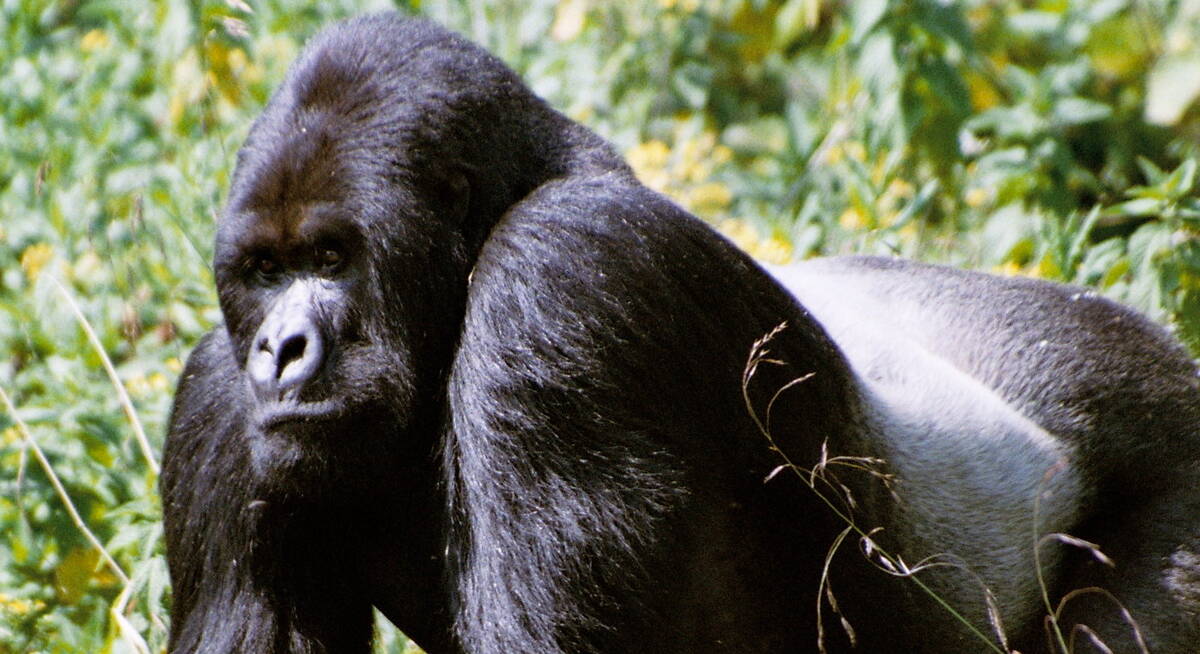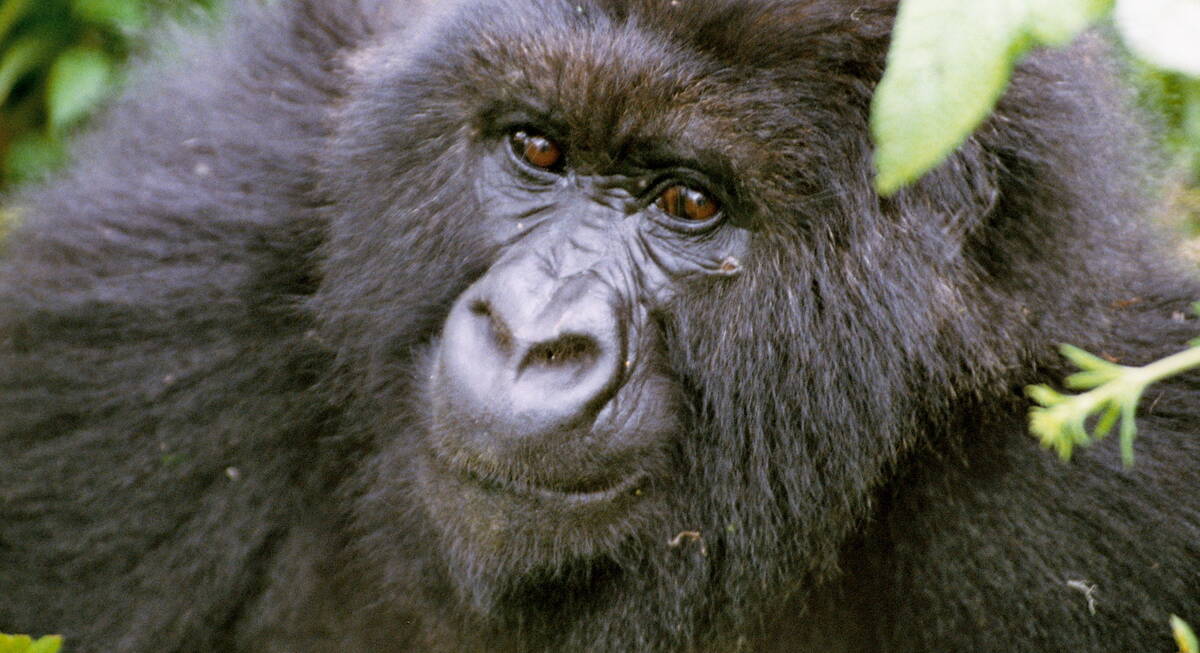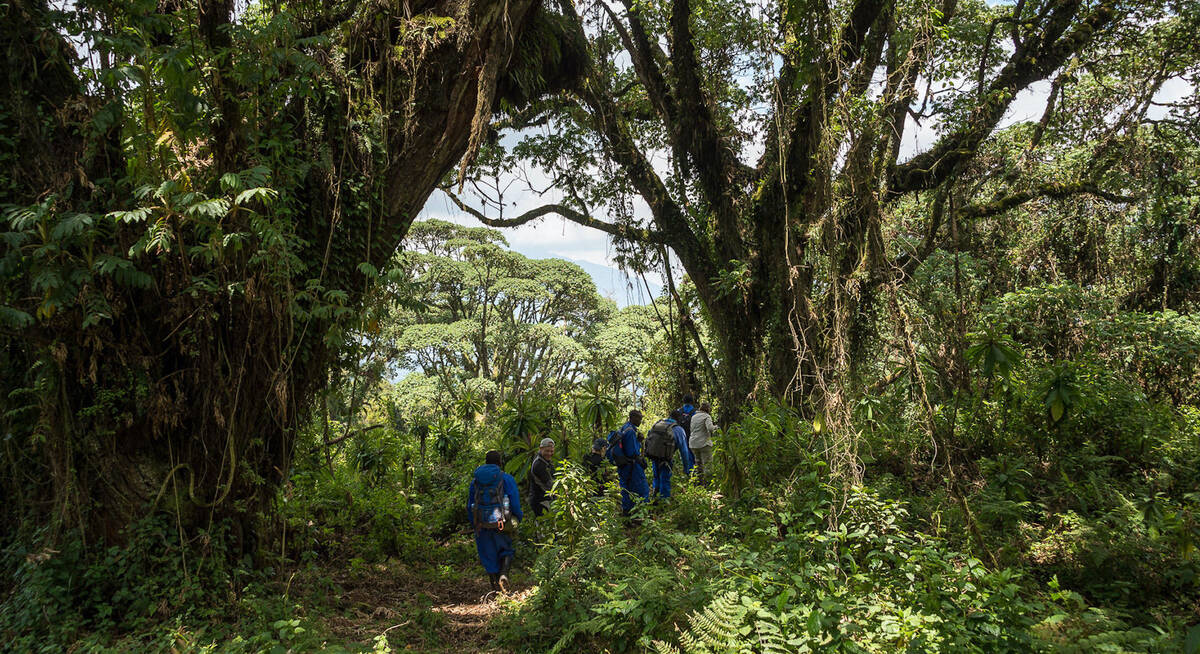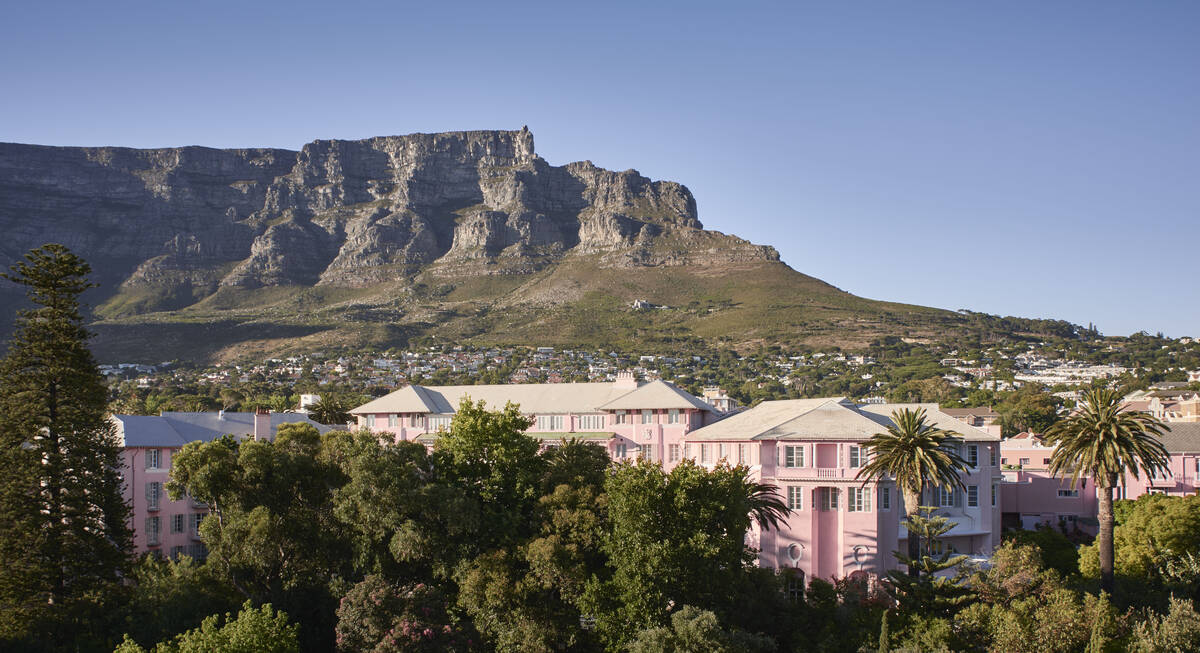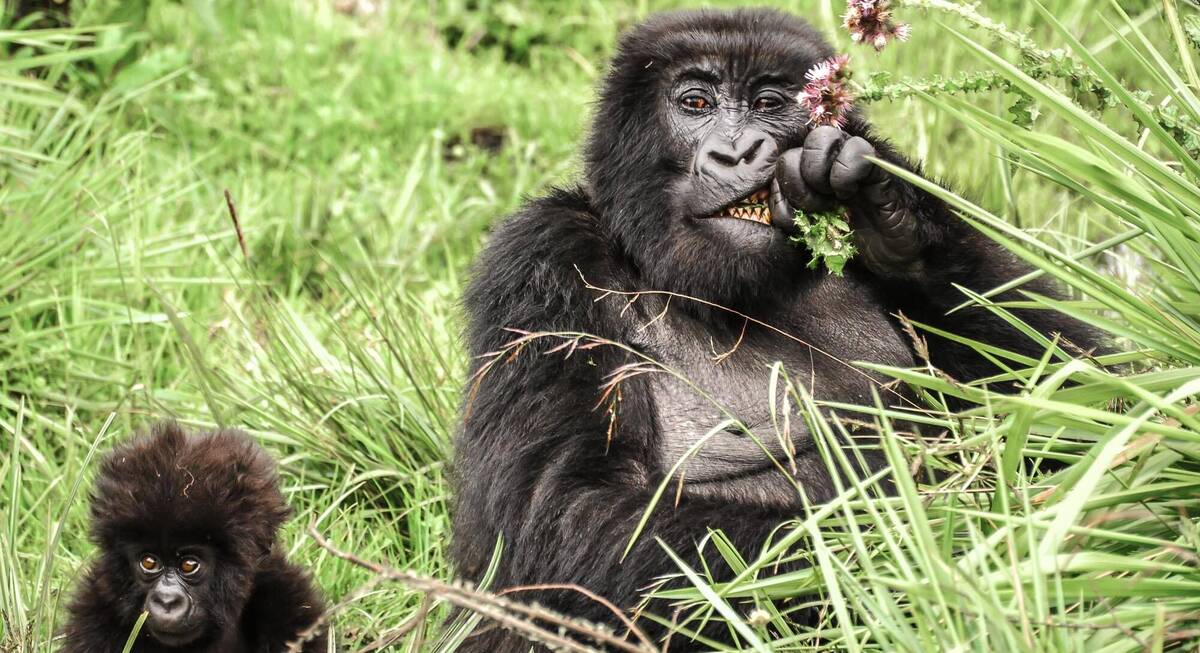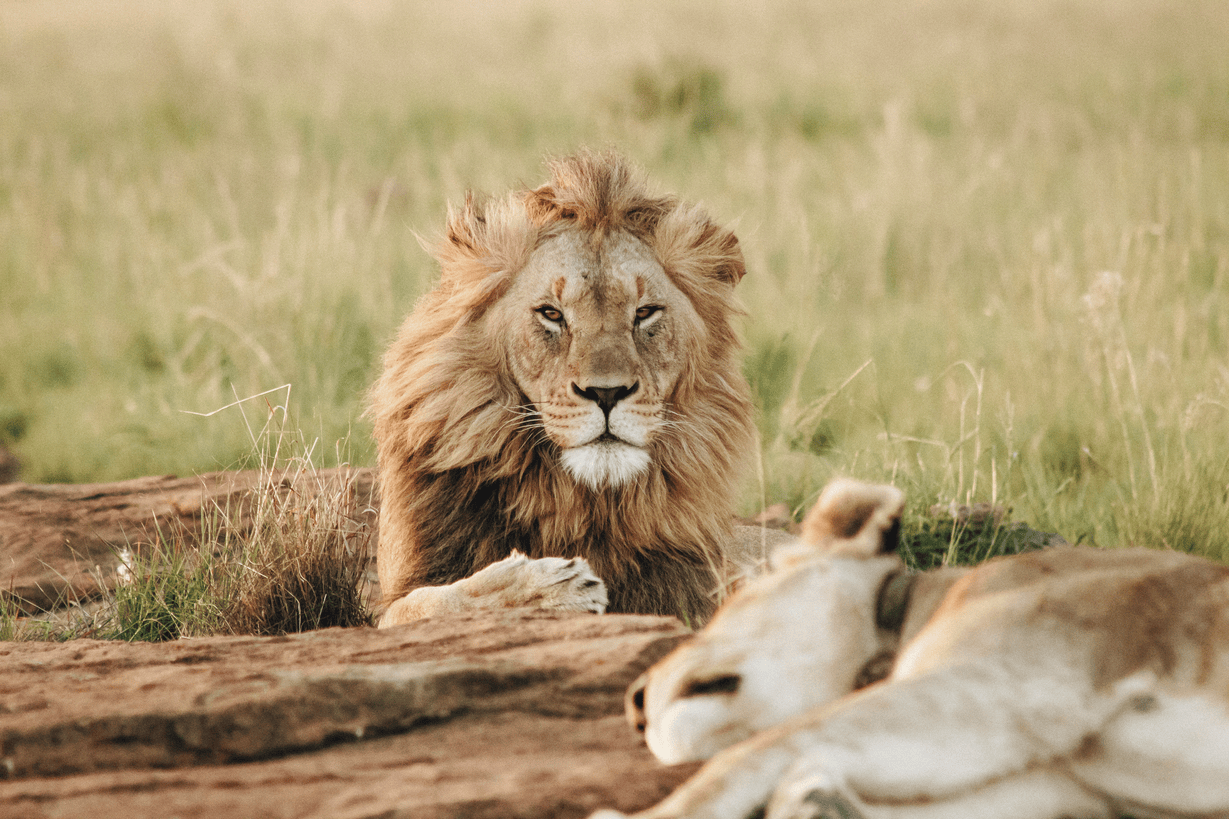Gorilla trekking in the Volcanoes National Park...
...can be challenging...
...with treks lasting between one and four hours each way...
...but the rewards are truly magical.
Meeting gorillas is viewed by many as the holy grail of wildlife safaris.
Expect to get stunning pictures...
... and witness the remarkably human interactions of these gentle giants
If you're lucky you may get a close encounter with a silver-back male...
...or even some of the younger members of the family.
Gorilla family groups can range from a couple of individuals to more than 40 members.
Females have a gestation period of 8.5 months and nurture their young for several years.
Adult male gorillas weigh up to 440 pounds and can reach a height of six feet when standing on two legs.
Bamboo makes up the majority of the gorillas diet...
...and there is plenty of it.
Leave with your cameras full and memories to last a lifetime.
However, Rwanda is a mountainous country
...and the weather is not always on your side, so bring a waterproof!
Mountain gorilla groups in Rwanda’s Volcanoes National Park
The various gorilla groups and their locations will obviously change from time to time. Mountain gorillas often climb higher in the dry season and descend during the rains; they might move on due to pressure from wild gorillas, and individuals will often join other groups.When tracking gorillas, it's possible to request to visit a specific group once you are at the park headquarters, but this can never be guaranteed. These are some of the families currently habituated for gorilla safaris in Volcanoes National Park:
- Originally studied by Dian Fossey, the Susa Group – also known as the Kurira Group – is the largest, with 38 individuals, including three silverbacks. In the summer months in particular it can be a tough trek to reach the Susa Group high up on Mount Karisimbi, but it’s well worth the effort because of their number and because, uniquely, it has a set of twins, a very rare occurrence in the world of gorillas.
- The Sabyinyo Group has about 17 individuals, including two silverback gorillas, one of which, Guhonda, is the largest in the park. The group is usually found relatively close to the edge of the forest (about 20–40-minutes' walk), between Sabyinyo and Gahinga.
- Agashya Group, also known by its former name Group Thirteen, was re-named when the dominant silverback Agashya won leadership over Nyakairima in 2010. The group usually lives close to the Sabyinyo Group but can range very far and high. It numbers about 22 gorillas.
- Usually living between the Karisoke and Bisoke peaks are the Amahoro Group, its 19 individuals under the calm leadership of Ubumwe, and the Umubano Group, which currently has 13 members. Both are usually further away from the headquarters than the Sabyinyo and Agasha groups, but easier to reach than the Susa Group.
- The Kwitonda Group has around 23 members and was habituated in the DRC. Having crossed the border into Rwanda in 2005, the group is known to have a much wider range than others. It was named for their dominant silverback, Kwitonda, who died in 2012; silverback Akarevuro is now in charge.
- The Hirwa Group, meaning “lucky”, has around 18 gorillas, which came together from the Agashya and Sabyinyo groups. The group includes one silverback and one of only a few surviving pairs of mountain gorilla twins, Isango Gakuru and Isango Gato.
Our top picks for holidays to Rwanda
We'll always tailor-make your Safari for you. Here are some of our favourites to inspire you.

Looking for inspiration on where to travel next?
Visit our trip chooser to explore your options and find inspiration for your perfect African adventure
Inspire me